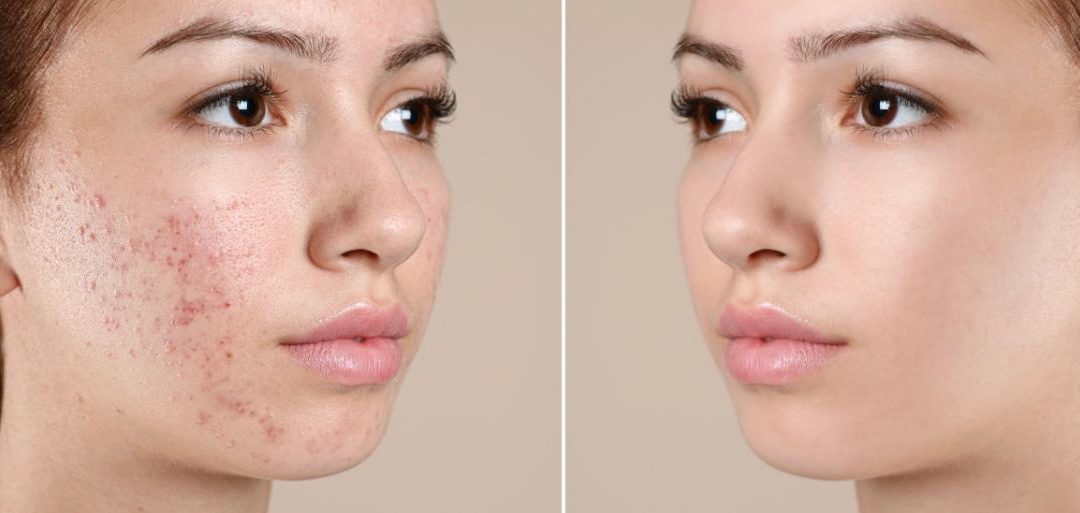Acne scarring affects most people at some point in their lives. About 80% of people from 11 to 30 years old suffering from some form of acne. Acne develops when pores are clogged with bacteria, oil, or dead skin, basically becoming inflamed or infected. The causes are usually hormonal in nature, but there are other reasons such as environmental factors or stress. They can range from small whiteheads or blackheads to inflamed bumps or lesions. While there are a range of treatments for the various types of acne, 30% of sufferers will end up with acne scarring.
Colour Derma knows that acne scars, which often occur on the face, chest, and back, can be a source of discomfort or embarrassment. We would like to share information on what causes them and some treatments to help you understand acne scarring better.
What is acne scarring?
During the healing process from acne, you may see post-inflammatory discolouration, which appears as pink, brown, or white patches where you had an acne outbreak. These usually fade over time, or with treatments such as azelaic cream or glycolic acid peels. These are not true acne scars.
Acne scars also result from the healing process. It could be that too much collagen forms, creating raised scars. These are called hypertrophic or keloid scars. Or too much tissue is lost, then pitted or indented scars form. These are known as ice pick, rolling, or boxcar scars. Regardless of what they are called, if they are many of them and occur in a noticeable part of your body, you will most likely want to remove them or at least make them less obvious.
How do you treat acne scars?
Depending on the type and extent of your acne scars, you have a wide range of treatments that could lessen their appearance. In extreme cases, there are surgical options such as cutting out the tissue for large scars to form smaller, thinner scars. But typically, your dermatologist may suggest over the counter treatments like salicylic acid or retinoids for mild resurfacing. For more serious treatments, they may recommend medical treatments such as needling, dermabrasion, or laser resurfacing to remove scar tissue and promote healthy skin growth. Or you may be able to use fillers such as collagen to plump out indented scars for a smoother complexion.
If your acne scars are no longer inflamed but still persist, you could also conceal them with camouflage makeup.
Colour Derma can help you cover acne scars
While you are treating your persistent acne scars, or as an alternative to other treatments, you may want to consider camouflage makeup. Camouflage makeup can help even out your skin tone and surface, giving you a more natural appearance and boosting your self-confidence. Colour Derma’s team is experienced in helping people decide what is the best camouflage makeup solution for their skin condition and specific needs. Contact us today to find out how we can help you.


Recent Comments